Explore why African waterholes come alive at dawn and dusk. Learn about animal behaviour, best viewing times, and how to enjoy waterhole safaris around Marloth Park and Needles Lodge.
The Elusive Roan Antelope: 10 Fascinating Facts
The roan antelope, found in Kruger National Park, is known for its striking appearance and backward-curving horns. Preferring open grasslands, they live in small herds and rely on water sources.
The Kruger National Park is a sanctuary for countless wildlife species, each contributing to the rich tapestry of its ecosystem. Among these incredible creatures, the roan antelope stands out not only for its rarity but also for its striking appearance and intriguing behaviors. Let’s embark on a journey to discover more about the roan antelope and learn ten fascinating facts about this elusive herbivore.
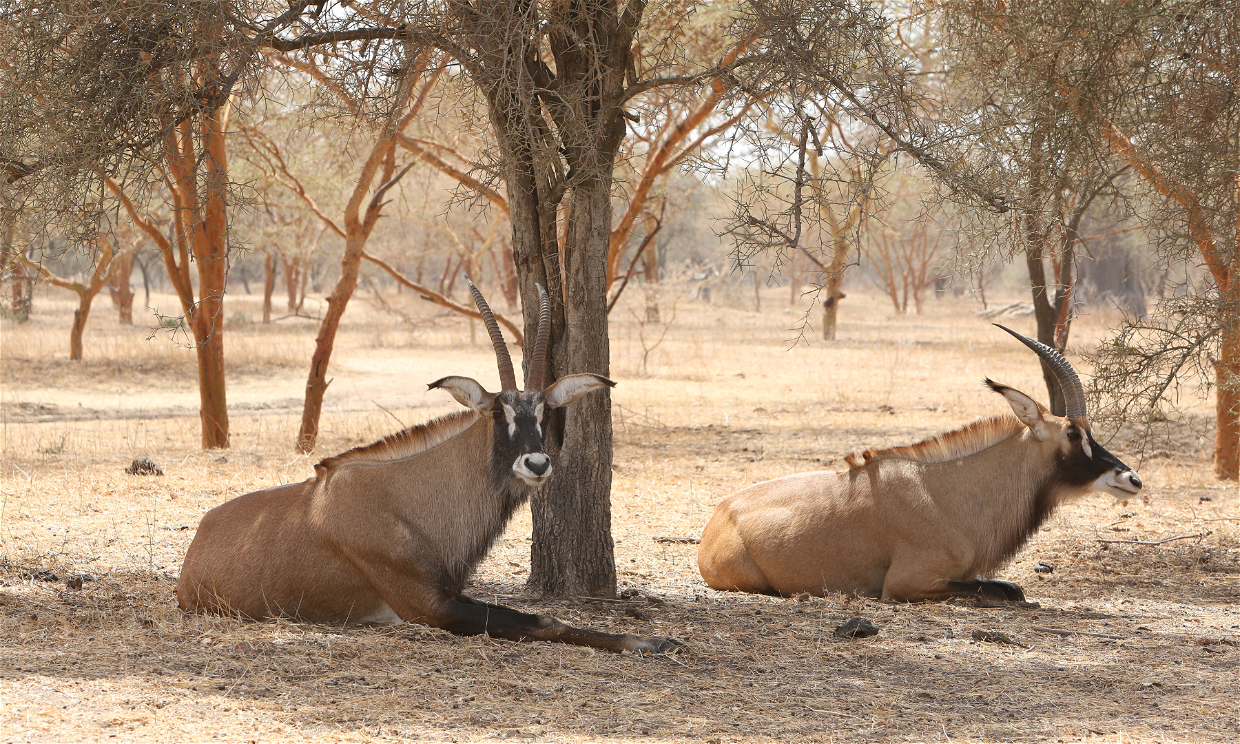
1. Distinctive Appearance
The roan antelope, scientifically known as Hippotragus equinus, is one of the largest antelope species in Africa. They are easily recognizable by their robust build, long and pointed ears, and backward-curving horns that can reach up to a meter in length. Their coat is a reddish-brown color with a distinctive black-and-white facial mask that adds to their regal appearance.
2. Habitat Preferences
Roan antelopes prefer habitats with open grasslands, lightly wooded savannas, and areas with access to water. These environments provide them with ample grazing opportunities and cover from predators. In the Kruger National Park, they are most commonly found in the northern and central regions where these habitat conditions prevail.
3. Social Structure
Roan antelopes are social animals that typically form small herds consisting of females and their young, led by a dominant female. Males usually live solitary lives or form bachelor groups. Herds are generally small, ranging from five to fifteen individuals, which adds to the challenge of spotting them in the wild.
4. Feeding Habits
As herbivores, roan antelopes are primarily grazers. They feed on a variety of grasses and occasionally browse on leaves and shoots from shrubs and trees. Their diet is influenced by the availability of vegetation, and they are known to travel considerable distances in search of quality forage, especially during the dry season.
5. Water Dependency
Roan antelopes have a strong dependency on water and need to drink regularly. This need makes them more susceptible to changes in their habitat, particularly during drought conditions when water sources become scarce. Conservation efforts in the Kruger National Park include ensuring that these antelopes have access to reliable water sources.
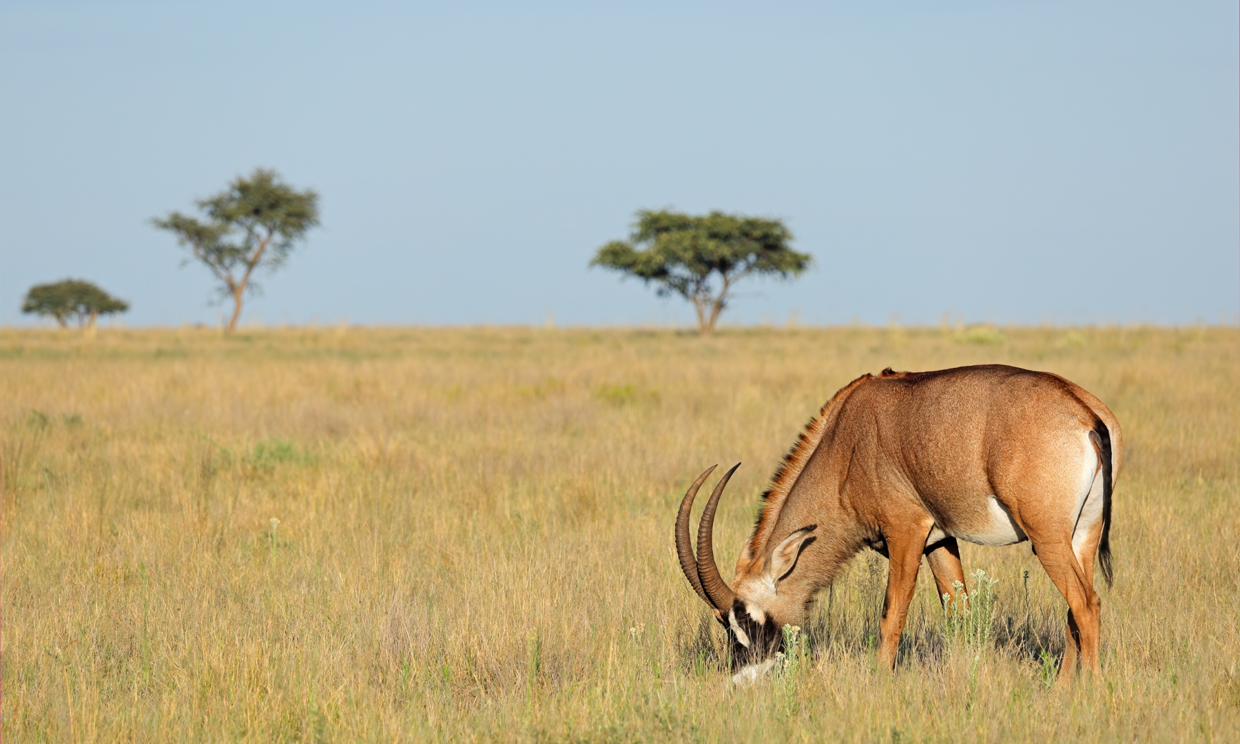
6. Reproduction and Lifespan
The breeding season for roan antelopes can vary depending on the region, but it generally occurs during the rainy season when food is abundant. After a gestation period of approximately 9 months, females give birth to a single calf. Calves are hidden in dense vegetation for the first few weeks of life to protect them from predators. Roan antelopes can live up to 17 years in the wild.
7. Defense Mechanisms
Roan antelopes are equipped with several defense mechanisms to protect themselves from predators. Their sharp horns are formidable weapons, and they are known to be aggressive when threatened. They also rely on their speed and agility to escape from predators such as lions, leopards, and hyenas.
8. Conservation Status
The roan antelope is classified as a species of least concern by the International Union for Conservation of Nature (IUCN), but its populations are declining in some areas due to habitat loss, competition with livestock, and poaching. In the Kruger National Park, efforts are ongoing to monitor and protect these antelopes, ensuring that their populations remain stable.
9. Ecological Role
Roan antelopes play a vital role in their ecosystem as grazers. By feeding on grasses and other vegetation, they help maintain the balance of plant communities, which in turn supports a diverse array of other wildlife species. Their grazing patterns also help prevent the overgrowth of certain plant species, promoting biodiversity in their habitats.
10. Cultural Significance
In many African cultures, the roan antelope is revered for its beauty and strength. They often feature in local folklore and are symbolic of endurance and resilience. Conservation efforts not only aim to protect the species for its ecological importance but also to preserve the cultural heritage associated with this magnificent animal.

How to Spot a Roan Antelope in Kruger National Park
Spotting a roan antelope in the vast expanse of the Kruger National Park is a thrilling experience for any wildlife enthusiast. Here are some tips to increase your chances:
Visit Northern and Central Regions: These areas of the park provide the ideal habitat for roan antelopes. Focus your search around these regions where the savannas and open grasslands are prevalent.
Early Morning and Late Afternoon: Like many other wildlife species, roan antelopes are more active during the cooler parts of the day. Plan your game drives early in the morning or late in the afternoon.
Waterholes and Rivers: Due to their dependency on water, roan antelopes are often found near waterholes and rivers. Patience and a keen eye near these areas can yield rewarding sightings.
Guided Safaris: Joining a guided safari tour increases your chances of spotting roan antelopes. Experienced guides know the best locations and can share valuable insights about these animals.
The roan antelope is a true gem of the African wilderness, embodying the grace and beauty of the continent’s rich wildlife heritage. From their distinctive appearance and social behaviors to their critical role in the ecosystem, these antelopes are a testament to the incredible biodiversity found in the Kruger National Park.
Whether you’re a seasoned wildlife enthusiast or a curious traveler, encountering a roan antelope in the wild is an experience that stays with you long after you’ve left the bushveld. At Needles Lodge, we celebrate these magnificent creatures and support the conservation efforts to protect their populations. Join us for an unforgettable safari adventure and immerse yourself in the wonders of the Kruger National Park, where every moment is a story waiting to be told.
For more exciting wildlife facts and safari tips, visit our blog and plan your next adventure with us at Needles Lodge.
Further Reading
Discover the top 10 fascinating facts about the Cape buffalo—Africa’s powerful, social, and surprisingly strategic giant of the savanna. Read more now.
Discover the ecology, beauty and importance of the Fever Tree (Vachellia xanthophloea). Learn where to find them near Marloth Park and how they support wildlife, soils and riverine ecosystems.

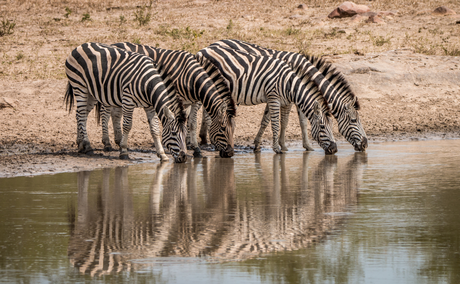
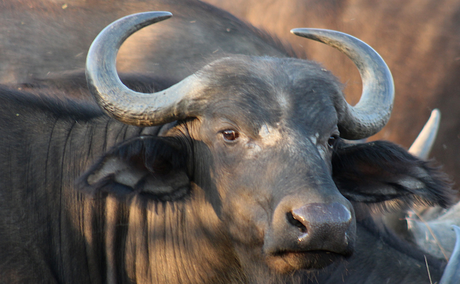

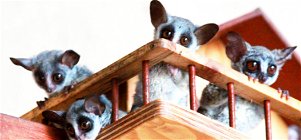

Share This Post